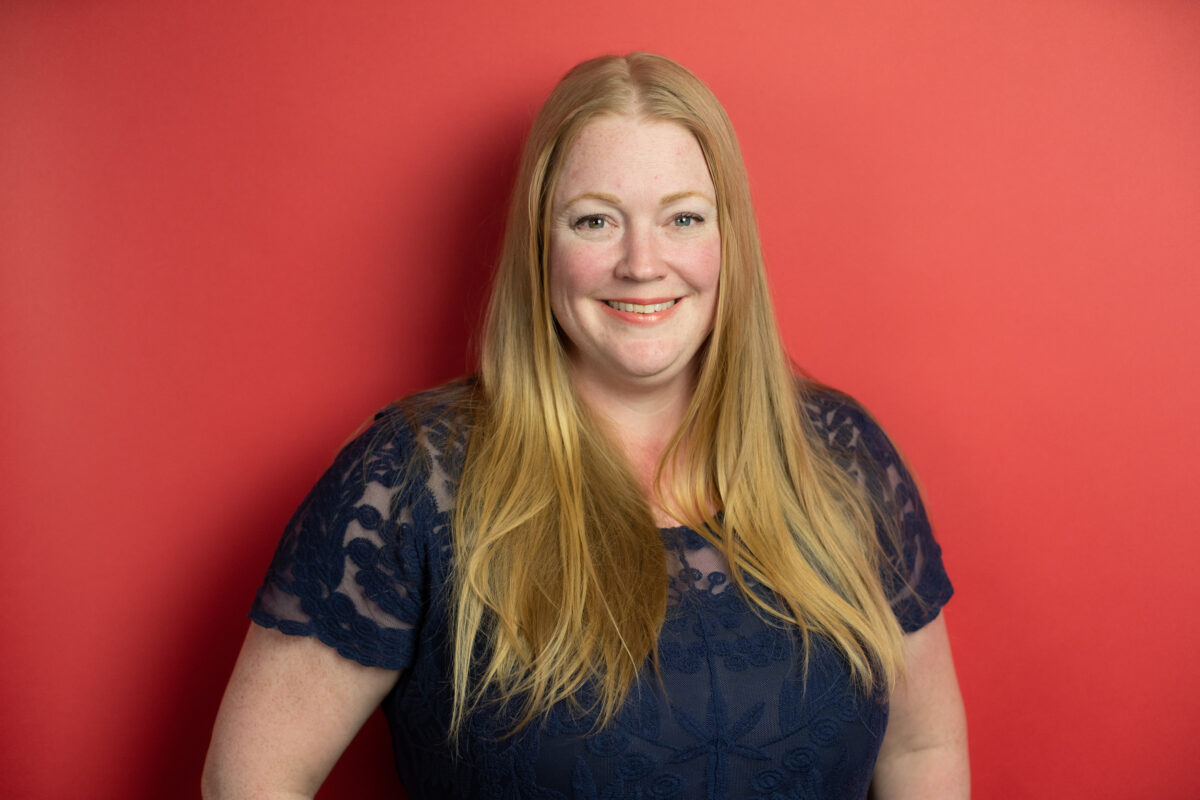Navigating B2B’s new dark funnel reality
In B2B marketing, visibility is everything. Or at least, it used to be. Marketers have long relied on data to justify budget, prove ROI and optimize campaigns. But in today’s digital landscape, there’s a growing chunk of the buyer journey that’s almost completely hidden from view—and it’s changing the rules of the game.
Enter: the dark funnel.
If you haven’t heard the term yet, you will.
The dark funnel refers to all the interactions, influences and decisions buyers make before they ever show up in your CRM or marketing automation platform.
In this unseen part of the funnel, intent is building, opinions are forming and decisions are narrowing, without your direct visibility.
And it’s getting bigger.
What is the dark funnel?
The dark funnel encompasses touchpoints and behaviors that are largely untrackable by traditional marketing analytics. Think:
- Word-of-mouth and peer recommendations on Slack, Discord or WhatsApp
- Private social media conversations (like LinkedIn direct messages or Reddit threads)
- Consumption of ungated third-party content (e.g., YouTube videos, podcasts and review sites)
- Closed-door, internal team discussions among an organization’s buyers
- Research conducted anonymously via incognito browsers or off-network devices
These activities shape how buyers perceive your brand, compare your solution to those of competitors and ultimately decide whether to engage with you—all before they fill out a single form or attend a webinar.
Why does the dark funnel matter now?
Three major shifts are fueling the growth of the dark funnel:
- Self-directed buyer behavior
Today’s B2B buyers don’t want to be sold to. They want to research independently, learn from peers and come to conclusions on their own terms. Many buyers work through the bulk of their decision-making process before they ever talk to a salesperson. - The proliferation of channels
Buyers are no longer relying solely on your website or email campaigns. They’re listening to podcasts during their commute, asking peers for opinions in private Slack groups and checking out competitors on review sites. - Privacy and data limitations
The end of third-party cookies, increasing browser restrictions and growing user skepticism around tracking all make it harder for marketers to “see” buyer behavior. Even advanced attribution tools have blind spots.
All of this means traditional funnel models—built on visible clicks, form fills and email open rates—are becoming increasingly incomplete.
The implications of the dark funnel are both daunting and exciting. On one hand, it makes attribution more difficult. On the other, it challenges marketers to rethink their strategies in more customer-centric ways.
Here’s how the dark funnel is impacting key areas of B2B marketing:
- Attribution is (more) imperfect
Gone are the days of clean-cut first-touch or last-touch attribution models. Marketers now must grapple with incomplete journeys, where a buyer’s first true interaction with your brand may have come from a podcast mention you’ll never track. That doesn’t mean attribution is dead, but it does mean it’s time to move away from obsessing over pixel-perfect tracking.
What to do: Embrace directional data, use multi-touch models where possible and combine quantitative and qualitative insights (like post-demo surveys or win/loss interviews) to fill in the gaps.
- Content needs to be more shareable (and less gated)
If your best content is locked behind a form, it’s probably not being shared in the places that matter most. In the dark funnel, content that’s useful, snackable and easy to circulate thrives, because it travels organically across platforms you don’t own.
What to do: Create high-value ungated content—like guides, infographics, short videos and LinkedIn-native posts. Focus on solving problems, not just generating leads.
- Brand matters more than ever
When you can’t track every touchpoint, your brand becomes the glue that holds the buyer journey together. A strong brand builds recognition and trust, so that when a buyer finally does raise their hand, you’re already on the shortlist.
What to do: Invest in awareness-building strategies like thought leadership, podcast appearances, speaking engagements and a consistent social presence. Make sure your brand shows up where your buyers already spend their time—not just where you can track them.
- Communities are the new demand channels
Peer-to-peer communities are one of the richest areas of the dark funnel. Buyers trust people more than brands, and they’re turning to closed groups, niche forums and private Slack channels to get the real scoop on your product.
What to do: Support and participate in these communities without selling. Consider sponsoring creator-led communities, activating customer advocates or even starting your own.
Embracing the dark funnel
The dark funnel isn’t a problem to solve—it’s a reality to embrace. Rather than trying to force visibility into every corner of the journey, B2B marketers should shift their focus toward building trust, creating great experiences and showing up consistently across the places that matter most.
It means redefining success, doubling down on brand and community, and leaning into the qualitative signals that help you understand your buyer, even when the data doesn’t tell the whole story.
In short: The future of B2B marketing isn’t just about tracking. It’s about trusting that great marketing will do what it’s always done—reach the right people, at the right time, in the right way.





